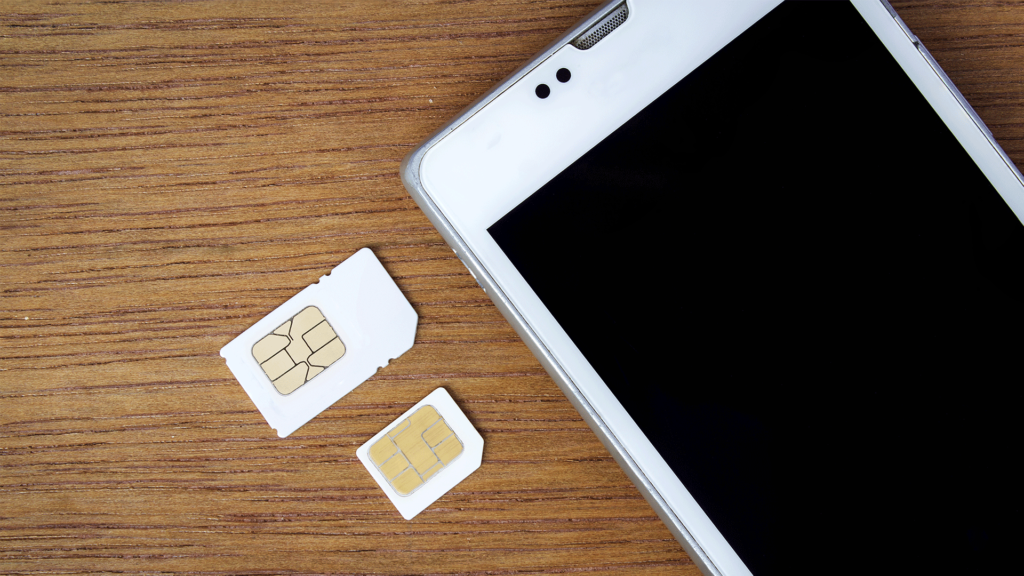Home networks connect a large number of devices to the Internet and to each other. We use our networks with computers, tablets, phones, gaming systems, VOIP, security cameras, and even refrigerators and thermostats! Failing to properly protect your home network can lead to uninvited guests using your network in harmful ways. They may access your private information by viewing files or video feeds or capturing data transmissions, or they may use the network to download illegal content and malware. They may even use your computer to distribute malware to others, an activity that can be traced back to your network.
Home routers are not secure out of the box, but they can be made secure. Review the default settings carefully when setting up your router, and make selections that will keep your network secure. The Federal Communications Commission (FCC) Consumer Task Force recommends taking these steps to secure your router and home network:
- Turn encryption on. The default on many routers is that encryption is off, so make sure it has been turned on. WPA2 is a more secure encryption standard than WEP. You will need to choose a password, so remember that a longer password, using a combination of letters, numbers and symbols, is more secure than a short password.
- Turn the firewall on. The firewall may be hardware or software, and it protects your network from intruders. Most routers have them, but the firewall may be turned off, so turn it on.
- Change the default passwords. In addition to the network password, there will be a password for accessing the router and setting up the network. Hackers often know the default passwords used by manufacturers, so change the password to your router.
- Change the network name (SSID). When a computer searches for wireless networks, it displays the names of any networks found. Most routers ship with the default name (usually the manufacturer name). That is information hackers can use to access your network.
- Turn off broadcasting of the network name. Along with changing the SSID name, turn off broadcasting of the name so that unauthorized users do not see your network.
- Use the MAC address filter. The Media Access Control (MAC) address is a unique ID assigned to each device that connects to your network. Change your router’s settings to allow connections only from the devices you have identified as trusted connections.
- Turn off the router when the network will not be in use. It is probably not reasonable to turn it on and off every time you use it, but turn it off when you are away on vacation or otherwise not using the network for an extended period.
- Install anti-virus and anti-malware software on network devices, and keep it updated.
Another important tool to keep your data secure is a Virtual Private Network (VPN). A VPN secures your computer’s internet connection to guarantee that all of the data you’re sending and receiving is encrypted and secure. Learn more about your options for installing a VPN here.



